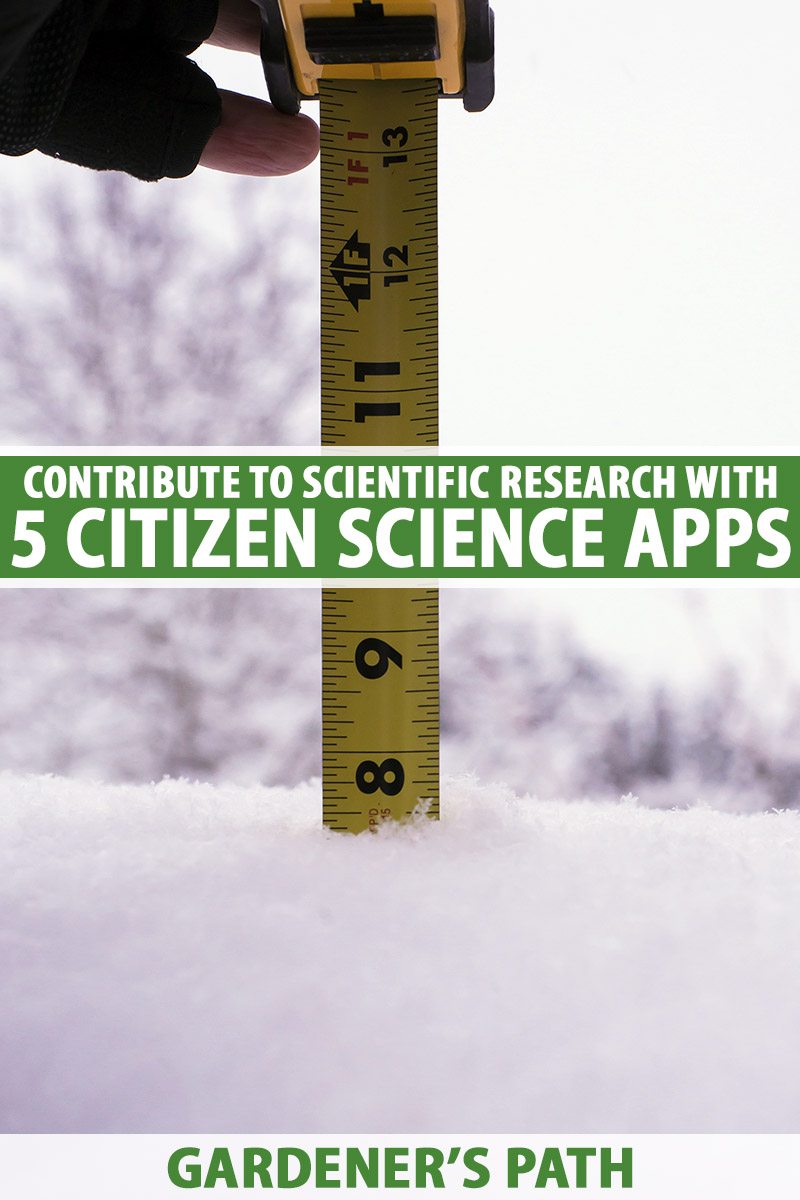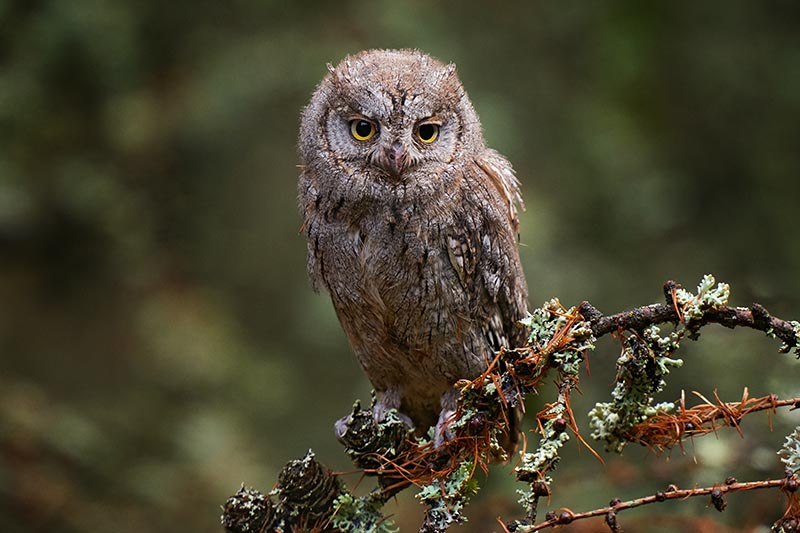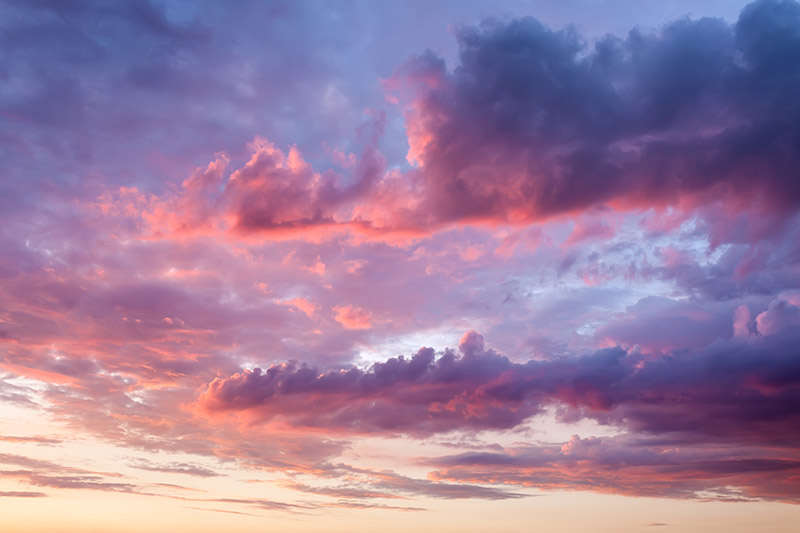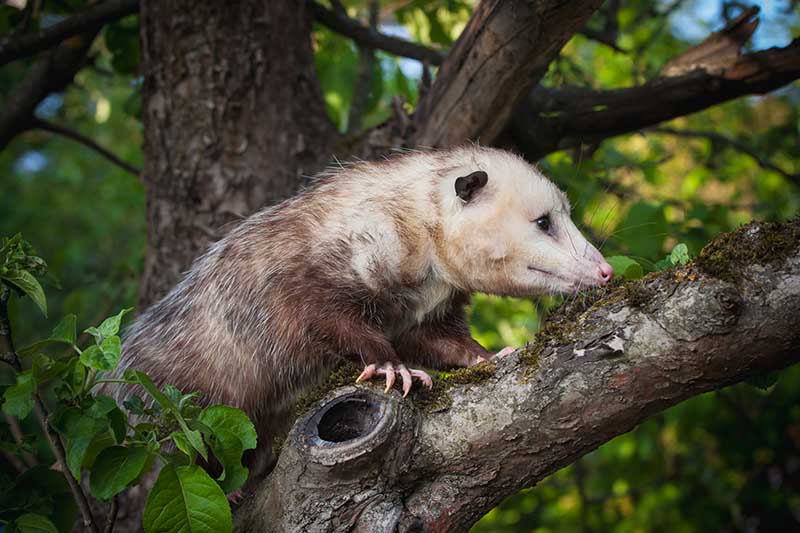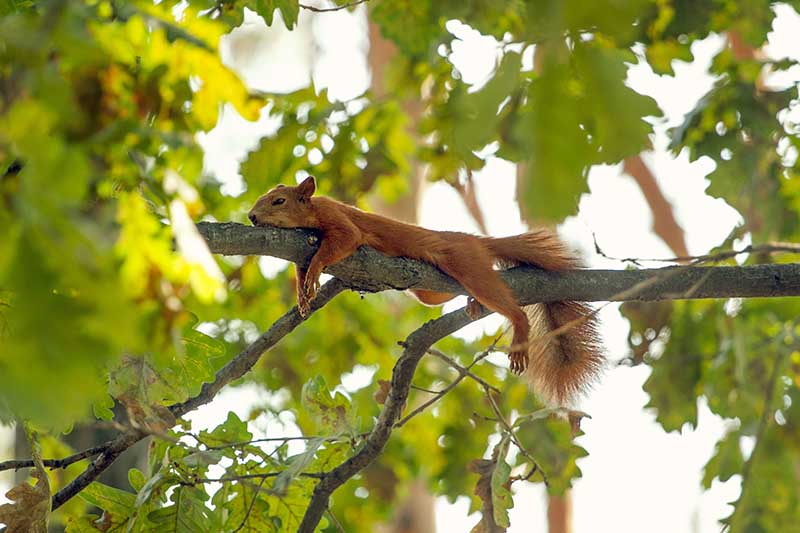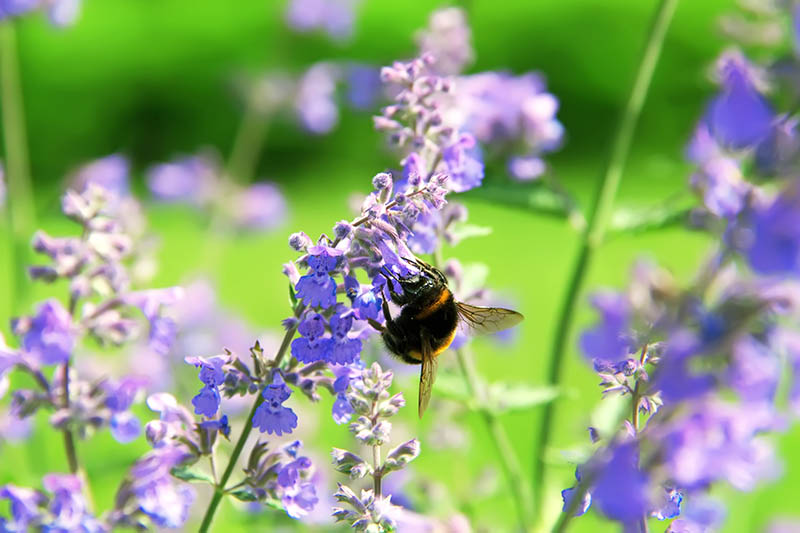Are you a keen observer? Do you keep a gardening journal where you note natural phenomena like the appearance of the first spring crocus, summer Japanese beetle, autumn geese flyover, and winter snow? There are loads of long- and short-term opportunities available through organizations such as conservancies, universities, and science foundations. Participants perform a valuable service by helping to expand existing bodies of knowledge. In this article, we present five citizen science apps that give participants the chance to make their observations of the natural world count, and contribute to scientific research. Here’s the lineup:
5 Citizen Science Apps
Citizen science activities don’t require large time commitments and are fun for the whole family. Whether you’re in the city or the country, by the sea or on a mountain top, you can participate in the crowdsourced gathering of data about our natural world with these five outstanding apps.
You can find them all for free on Google Play for Android, and the App Store for iOS devices. Be sure to select the most up-to-date version to install. Some can also be accessed via a web browser if you don’t want to install the app. Let’s look at the highlights of each.
1. eBird
Avid birdwatchers and beginners alike will enjoy reporting sightings of avian species with Cornell’s mobile eBird app or via the eBird website. You need to start by opening a Cornell Lab account, which is free. This is your portal to a host of bird-counting projects, as well as online educational courses and reference materials. Increase your avian IQ with Bird Academy identification courses, and soon you’ll be identifying species by sight, sound, and behavior.
Download “Packs” that are geared to the bird population of your region, or of one to which you travel, and be on the lookout for rare sightings to share directly with other eBirders. Submit checklists documenting your experiences as they happen while birdwatching, traveling, and going about your daily routine. You can also record sightings after the fact, as you recall them later. You can set the handy GPS tracker to automatically record logistics such as time in the field and distance traveled. An auto-save feature retains each checklist you submit for future reference. If you find yourself in a remote region without cell service, you can work conveniently offline, and save your checklists for submission at a later date. Birds perform essential environmental roles ranging from pollination and seed dispersal to pest regulation and soil enrichment. Your data contributions may be instrumental in guiding environmentally-conscious development and the conservation of endangered species. Use your growing knowledge of local bird species to inform your gardening choices, from plants to attract your favorite feeders to biological pest controls.
2. Globe Observer
With the occasional skyward glance, you can collect data for the NASA Globe Cloud Observation Project, and submit it via the Globe Observer app, or online with a Globe Observer Account on The Globe Program website.
By comparing ground photos taken from below the clouds with those taken by satellites above, scientists can gain a more complete picture of the atmosphere. There is ample learning material available on the website to give participants a working knowledge of the atmosphere, biosphere, hydrosphere, and pedosphere. A comprehensive eTraining program is available for both teachers and observers. Begin by setting up a free account. Next, request satellite information for your area, so you conduct your cloud study within 15 minutes of the time a weather satellite passes over you. Once your account is established, data can be collected offline if necessary, for later online submission. Ideally, ground observations are matched with data gathered by space satellites. If you submit data via the mobile app during a satellite pass-over, you’ll receive an email from NASA a week later with a report that evaluates the matched data. There are other areas of NASA study available on the platform with topics such as mosquitoes, land, and trees. Projects in these areas are also accessible via the Globe Observer app and The Globe Program website. NASA is supported by the National Science Foundation (NSF), National Oceanic and Atmospheric Association (NOAA), and the Department of State. Understanding the earth’s atmosphere, living things, water, and soil enables scientists to promote environmentally sound practices for optimal stewardship and sustainability. Recognizing weather patterns, understanding the habits of flora and fauna, practicing water conservation, and building soil health are essential components of sustainable home gardening practices, as well.
3. iNaturalist
A joint venture by the National Graphic Society and the California Academy of Sciences, iNaturalist is accessible by both the app and via a website. After you create an account, you can then enjoy a series of articles and video tutorials about documenting plant and animal sightings, as well as animal sounds.
Crowdsourcing is at its best with this app, as observers and qualified identifiers come together to verify sightings and classify species, to create a vast and diverse database of plants and animals of the world. Become a nature explorer, participate in projects, or even start your own. You can work online or off, and upload findings at your convenience. Participate in a “Bioblitz” event, in which participants from a certain region, such as the Northern Hemisphere, submit as many photos of plants and animals as they can during the project period. Verified and identified photos are contributed to databases such as the Global Biodiversity Information Facility, for use in scientific research.
4. Nature’s Notebook
Nature’s Notebook, a project run by the USA National Phenology Network (NPN) in cooperation with the United States Geological Survey (USGS), is available via mobile app or website. Phenology is a fascinating study of the interconnectedness between plants, animals, and climate. It concentrates on the timing of different life cycle changes that occur throughout the year.
Easy as one-two-three, just join, open your account, and start observing and submitting your data. There is a series of online learning modules that teach you how to become an expert observer, and you can even earn “Certified Observer” status. Nature’s Notebook allows you to peruse lists of plant and animal species to choose for observation. You may also add species that are not already on the lists. After setting up an account, load details of your observation site to document where you are reporting from. Next, consult lists of plant and animal species and choose those you want to observe, or add your own. You can create checklists of those you intend to watch regularly. Plants are to be monitored throughout the seasons, or “phenophases,” with photographic submissions to document their changing appearance. Choose a favorite backyard tree, shrub, or perennial of your choice, or perhaps a featured “campaign” plant that is the subject of a particular study. You can also choose to record the animal species that visit your chosen site during an observation period. There are many projects to choose from, or you can even start your own. Connect with like-minded naturalists and pursue data collection on topics such as the phenophases of a dogwood tree, invasive species, and nectar sources for bats. Your participation in Nature’s Notebook contributes to a greater understanding of how plant and animal behavior varies with climactic events. You can apply the principles of phenology to the home garden, too. By keeping climate records, you can estimate the first and last frost dates and plan your plantings and harvests accordingly. Knowing the order in which perennials bloom can guide succession planting for beds that bloom non-stop throughout the growing season. And when plants grow berries or run to seed, you can even predict which birds will visit your yard.
5. Zooniverse
The Zooniverse website and app offers the chance to be a volunteer who classifies data for studies not only in scientific fields, but in the humanities, as well. This platform is unique in that the raw data has already been collected by citizen scientists on other platforms, such as iNaturalist (see above), and needs to be described, hence Zooniverse’s mission, “…converting volunteers’ efforts into measurable results.” There are many categories of projects, and as they are completed, new ones take their places. Under “Nature,” you may find an activity such as “Squirrelmapper,” in which you’ll be asked to classify photos of squirrels by their fur color.
Another, “Nest Quest Go: Woodpeckers,” asks volunteers to describe the nesting captured in photos collected by citizen scientists in the Cornell Lab of Ornithology’s project Nest Watch. Zooniverse “Talk” discussion boards bring volunteers and researchers together to collaborate. In addition to classifying project results, you may apply to be a “Beta Tester” who samples a project before it goes live, or a “Project Moderator” who guides a discussion board.
You may find additional opportunities of interest on SciStarter, an app and web platform that touts itself as an “onramp” to a variety of citizen science projects. I’m a relative newcomer to citizen science, but not to observing the dwindling numbers of insects and animals in my neighborhood. All summer there were never more than two bumblebees on my catmint, and the red fox I saw frolicking in the snow in winter hasn’t come back. By submitting sightings, I can help draw attention to declining wildlife populations and fragile ecosystems. And so can you. Is there an app that speaks to your heart? Install it today, learn all it has to offer, and begin submitting observations. As you connect with fellow participants, know that you are contributing to an ever-evolving portrait of our natural world that will guide us into the future. Are you participating in citizen science? Share your tips in the comments section below! If you are interested in observing wildlife in your yard, you may want to read these articles next:
Ground and Wood Nesting Bees: Learn to Identify Common Backyard Species Bats Beat Bugs: Welcoming Bats into the Garden Guide to Backyard Birds and How to Attract Them to the Garden
© Ask the Experts, LLC. ALL RIGHTS RESERVED. See our TOS for more details. Uncredited photos: Shutterstock.

